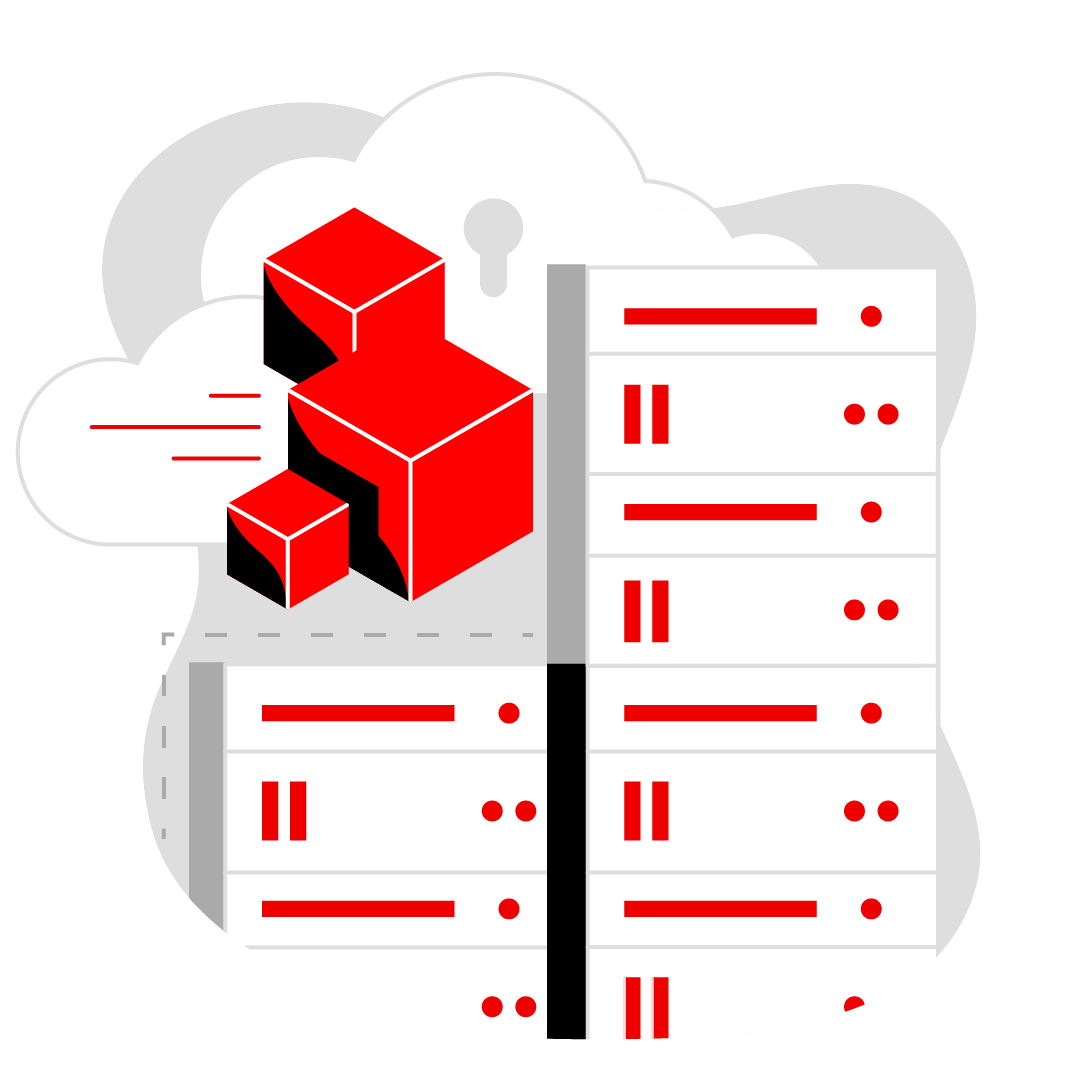Organizations of all sizes are facing unprecedented market conditions and financial pressures that impact their ability to deliver services. Complicating the situation are the competing needs of IT and business stakeholders, resulting in the expanding scale and performance of containerized business applications, while controlling—or even scaling back—hosting costs on public clouds. Organizations are under pressure to do more with less.
With these challenges, you need aggregated and meaningful data so that you can quickly analyze and manage your Kubernetes cluster spend in a way that aligns with business priorities.
Why is cost management important?
Given the complexity of managing Kubernetes in a hybrid cloud environment and cloud billing, it’s easy for costs to grow unchecked. Cost management provides the business with the capabilities to map Kubernetes services and business concepts to the underlying costs.
Cost management should provide cost visibility across hybrid and multicloud environments. By aggregating costs and correlating spend to the cluster consumption, you have the clarity to ensure resources are aligned and tracked back to the business priorities.
Cost management should also allow you to model costs considering all of the services that contribute to environment and application costs.
How does cost management for Red Hat OpenShift work?
Cost management for Red Hat® OpenShift® is a SaaS offering that is included at no additional charge as part of your Red Hat OpenShift subscription.
The service gives you visibility into your costs—down to the project level—across on-premise and public cloud environments, for both infrastructure and Red Hat OpenShift.
Cost management for Red Hat OpenShift provides IT and financial stakeholders a unique view into the costs associated with applications running on Red Hat OpenShift on-premise, or on Amazon Web Services, Microsoft Azure, and Google Cloud Platform public clouds.
Cost management allows you to:
- Visualize and aggregate costs across hybrid and multicloud infrastructures, enabling you to track cost trends and generate showback information.
- Use tag labels to map costs to clusters, projects, cost centers, applications, or anything else that can be tagged, providing a clear picture of spend relative to the business priorities.
- Build organization-defined cost models that can include markups, CPU, memory, and storage costs, to normalize data and provide a better representation of the real costs associated with Red Hat OpenShift.





